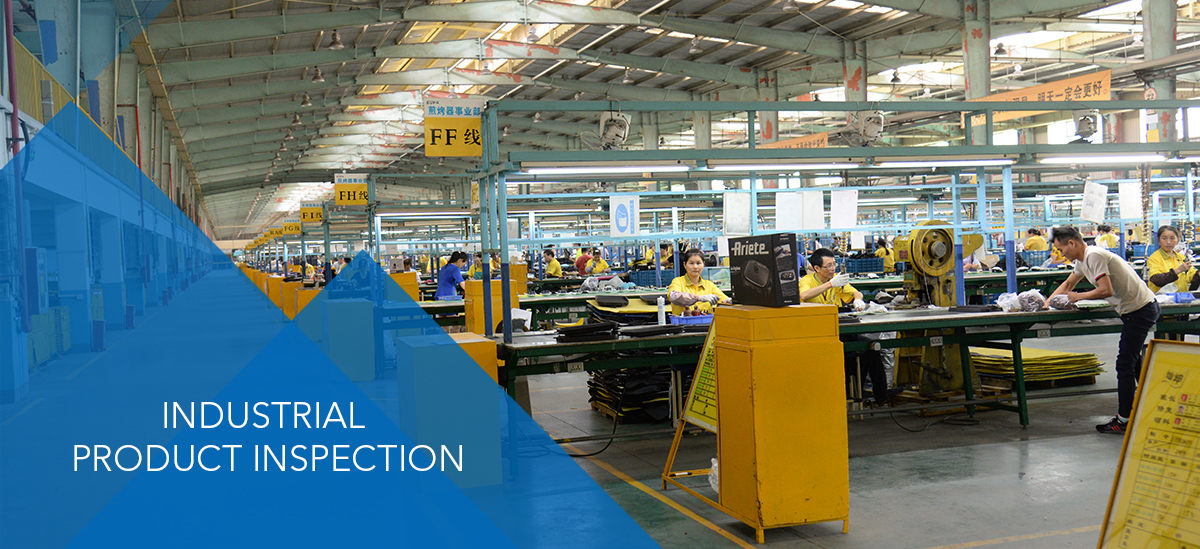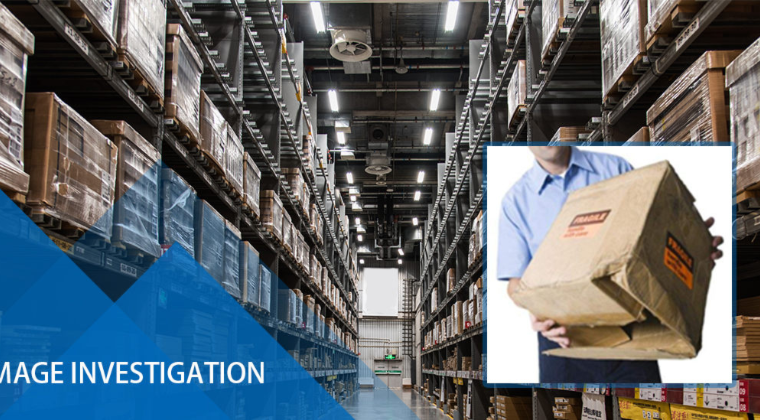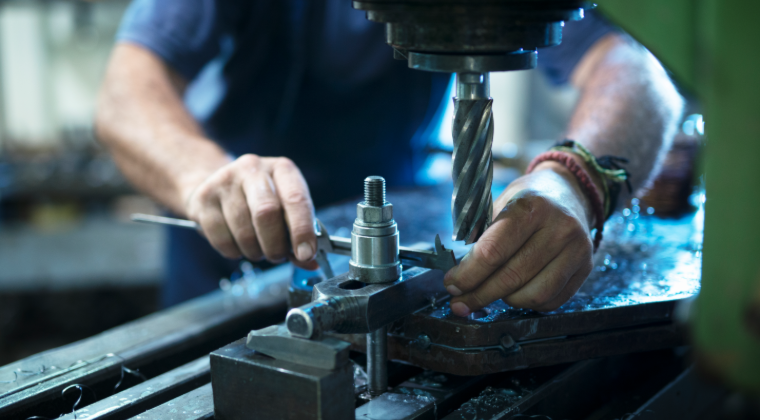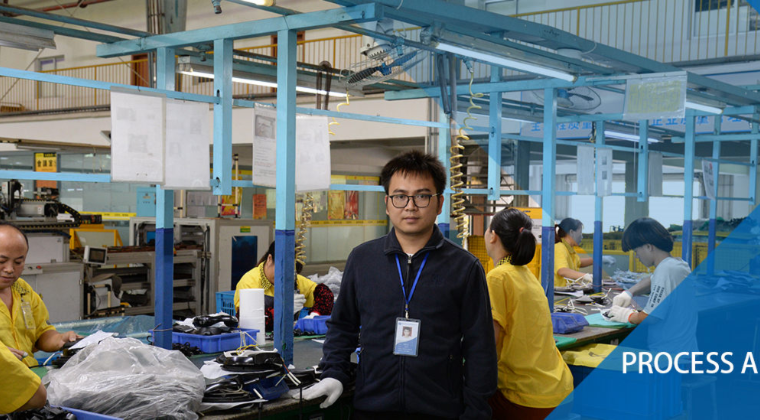Looking for a reliable inspection partner to safeguard the quality of your kitchenware and tableware shipments?
The quality of kitchenware and tableware is not only essential to the convenience of daily life, but it is also critical to consumer safety. In addition to safety concerns, product’s physical characteristics, reliability and performance are key factors.
GIS Inspection offers professional, comprehensive quality control services tailored for a wide range of kitchen and dining products.
Content
Tableware and Kitchenware Quality Control Inspection
Tableware and Kitchenware Quality Control Inspection refers to a systematic process where inspectors assess the quality, safety, and compliance of kitchen and dining products before they are shipped to retailers or end customers.
The goal is to ensure that tableware (like plates, bowls, cups, cutlery) and kitchenware (like pots, pans, utensils, bakeware) meets the necessary standards for functionality, durability, and food safety.
Inspecting homeware and kitchenware products is a critical stage in the supply chain, ensuring that these essential household items meet the relevant quality standards, safety regulations, and consumer expectations.
Different Types of Tableware and Kitchenware Products We Inspect
Tableware refers to the items used for setting a table, serving food, and dining. At GIS, we provide comprehensive inspection services for a full range of tableware and kitchenware products, covering materials such as ceramic, glass, stainless steel, and plastic.
Our inspection scope includes:
- Tableware: Plates, bowls, cups/mugs, spoons, forks, chopsticks, jars, basins, food storage containers, and paper cups.
- Cookware: Stock pots, frying pans, woks, skillets, milk pans, clay pots, pressure cookers, and baking trays.
- Kitchen Utensils: Bottle openers, strainers, slicers, whisks, peelers, garlic presses, a wide range of baking tools, and enamel cookware.
- Other Kitchen Items: Kitchen knives, cutting boards, packaging bags, disposable tableware, straws, coffee pots, thermal flasks, and more.
Whether you are sourcing traditional ceramic dinnerware or modern non-stick cookware, GIS ensures your products meet quality expectations before they reach the market.
The Importance of Tableware and Kitchenware Inspection
Tableware and kitchenware products play a crucial role in our daily lives, ensuring safe food preparation, serving, and consumption. By employing a third-party inspection entity, quality concerns will be identified and controlled at the source.
 Quality Assurance
Quality Assurance
Inspection helps identify manufacturing defects such as cracks, chips, sharp edges, and poor finishing. Early detection prevents substandard products from reaching the market, reducing returns and customer complaints.
Compliance with Safety Standards
Tableware and kitchenware often come into direct contact with food. Inspection ensures that materials meet international food safety regulations (such as FDA, LFGB, EU standards), minimizing health risks from harmful substances like lead, cadmium, or unsafe plastics.
Functionality and Durability
The proper quality controls lead to kitchenware that doesn’t crack, warp, or degrade quickly. Poor quality might initially cut costs, but frequent replacements may become more costly in the long run. Quality standards ensure that a non-stick pan performs as promised or that a pressure cooker doesn’t leak.
Minimized Financial Risks
By identifying issues before shipment, companies can avoid costly product recalls, compensation claims, and potential legal action due to defective or unsafe products.
Regulations and Standards for Home Tableware and Kitchenware Safety
The standards for ceramics, glass, plastic, and stainless steel used in dinnerware and kitchenware ensure that products such as plates, glasses, bowls, cookware, and containers, meet safety, durability, and performance requirements for both consumer health and regulatory compliance.
Below are the key standards that govern these materials used in tableware and kitchenware:
|
Ceramics and Porcelain: |
|
|
|
Glass: |
|
|
|
Plastic and Silicone: |
|
|
|
Stainless Steel |
|
|
Types of Third-party Tableware and Kitchenware Quality Control Inspection
GIS Inspection’ network of qc provides strong expertise in many different fields, making the General Inspection Service uniquely placed to help manufacturers, importers and brand owners to ensure market compliant products through bespoke quality assurance and control programs.
Audits for the Tableware and Kitchenware Industry
Factory Audit: An independent assessment of the manufacturing facility’s capacity, machinery, and workforce to determine if they can meet production demands while maintaining product quality.
Supplier Audit: Checking the company’s legal information, bank information, human resources, export capabilities, and more. The inspectors perform supplier verification audit, evaluating
Pre-Production Inspection(PPI)
GIS inspectors onsite will evaluate the first 10%-30% units produced to ensure compliance with necessary criteria, brand specifications, quality requirements which can firmly establish whether the manufacturer will be able to deliver on the promise to produce a quality product using the correct materials and manufacturing process, and orders shipping on time.
During Production Inspection (DUPRO)
Inspectors closely monitor the assembly, stitching, and construction of dinner and kitchenware to identify any workmanship defects or deviations from the approved design. Inspectors identify and rectify any defects, irregularities, or deviations from quality standards that may arise during production.
If issues are identified, inspectors collaborate with manufacturers to promptly implement corrective actions, preventing the production of substandard dinner and kitchenware products.
Pre-Shipment Inspection(PSI)
We will select a random sample of finished dinner and kitchenware before shipment to ensure all items conform to the established quality criteria and functional requirements.
It helps to identify any defects or non-conformities in the batch, allowing for corrections before the products reach the customer, thereby safeguarding the buyer’s reputation and minimizing the risk of costly returns or complaints.
Loading Supervision (LS)
The final but crucial step in the quality control process is properly preparing batches for shipping to destination markets. Loading Supervision (LS) is usually performed at the factory, forwarders warehouse, or port to verify count, confirm load, and seal the container.
Assessing manufacturing sites before initiating mass production and checking product quality prior to shipment are key parts of the quality control process, and vital to ensure that production is carried out according to the quality standards and expectations of destination markets.
Tableware and Kitchenware Pre-shipment Inspection Checklist
At GIS, we specialize in providing third-party inspection services for cutlery, drinkware, dinnerware, plates, blows, cups, and kitchen utensils at every stage: from supplier investigation, audit to the quality control, final delivery of shipments during the process and supplier management.
An effective inspection checklist for tableware and kitchenware is essential to ensure that these products meet quality standards and customer expectations. At GIS Inspection, our tableware and kitchenware pre-shipment inspection checklist covers the following criteria:
- Quantity Verification
- Workmanship Inspection
- Product Description Verification
- Onsite-Test
- Packaging Inspection
In the section below, we present the details of each criterion, including pictures.
1. Quantity Verification
The first step in pre-shipment inspection is the verification of the quantity. By comparing booking and actual quantities, GIS inspectors check products and shipping cartons to verify that total quantity matches the order confirm the total quantity matches the quantity indicated in the purchase order (PO).
2. Workmanship Inspection
The inspector will select a sample size according to the statistical sampling procedure ISO 2859-1 and the AQL sampling, and conduct a visual check for any damages and flaws in workmanship and classify them as major, minor, or critical defects.
Check the stitching quality for any loose threads or irregularities and structural integrity sagging or unaligned components.
Learn more about AQL Sampling: https://www.gis-inspection.com/post/how-to-use-aql-for-quality-control-inspection
3. Product Description, Style and Color Verification
In this section, we verify if the style and construction of the dinnerware product match the approval sample and the client’s technical file.
- Verifying if the product matches the same style and materials as the approval sample.
- Inspecting if the same materials as the sample have been used which prevents discrepancies in quality, feel, and overall appearance.
- Checking if the actual products match the client’s technical file. It ensures that the final product adheres to the specific design, quality, and material requirements set by the client.
4. On-site Test for Tableware and Kitchenware
The selected sample will undergo rigorous testing to ensure that it functions properly and meets safety standards.
The essential inspection checklists for pre-shipment inspections to manage tableware, cookware, kitchen tools quality:
- Product size / weight measurement
- Barcode scan check
- Special Function check
- Coating adhesive tape Test
- Magnetic check (if requirement for stainless steel)
- Handle bending resistance check
- Capacity check
- Thermal shock check
- Bottom flat check
- Internal coating thickness check
- Tempered glass test
- Sharp edges & sharp points check
- Actual using check
- Stability check
- Moisture check for wood component
- Smell Test
- Wobbling Test for free standing products
- Water leakage test
Tableware and Kitchenware Quality Control Inspection Report
After performing the quality inspection in the factory, the inspector prepares the draft report on-site and reviews with the factory manager. The draft quality inspection report is a first overview of the product’ quality.
The final home textile quality inspection report is very detailed in:
- Every single defect, non-conformity and conformities are mentioned and explained;
- All the tests performed are listed;
- Pictures of each finding are shown in order to ensure a clear understanding of the situation from the buyer.
The final inspection report will be checked in detail by the GIS Inspection hard goods supervisor before being sent to the buyer. The objective is to ensure all the specifications have been verified, all the tests have been performed and the explanations are clear.
Check a tableware and kitchenware control inspection report!
Download: https://assets.gis-inspection.com/res/202504/8b394dfa-239b-4b68-bdb4-609f1708ef52.pdf
GIS Professional Inspection Services for Tableware and Kitchenware
GIS Inspection is a leading third-party inspection agency in China. We have extensive experience with standards and retailer requirements, deliver detailed on-site inspection reports with clear photos and findings.
From traditional ceramic plates to premium non-stick cookware, GIS ensures your products are ready to meet customer expectations and pass any compliance checks — before they leave the factory.
Contact us for a chat about tableware and kitchenware inspection now and see how we can support you with monitoring the quality and safety of your products!








